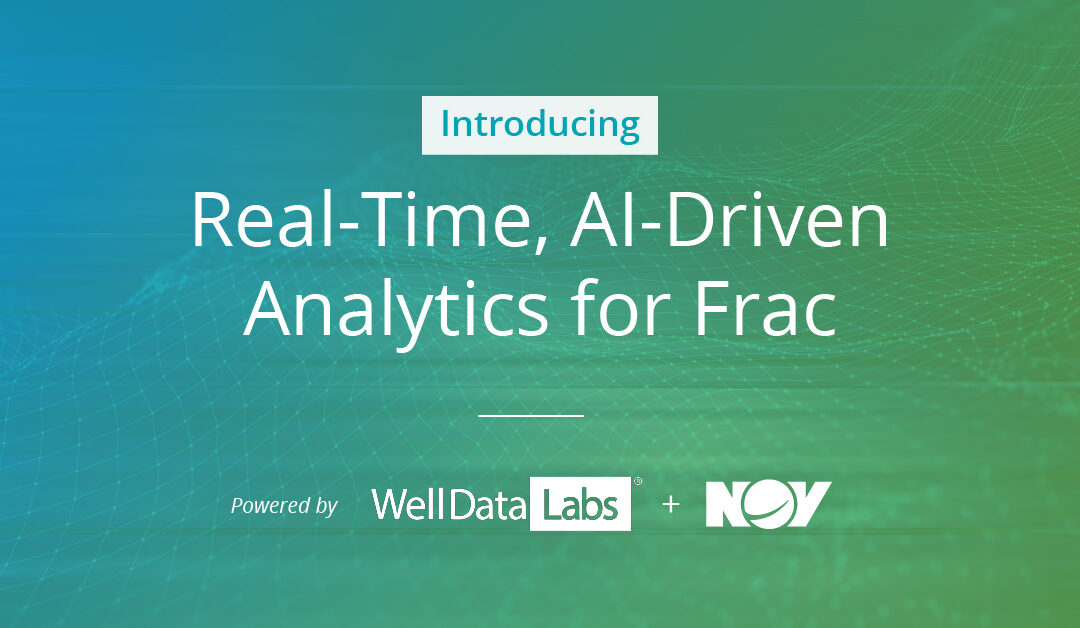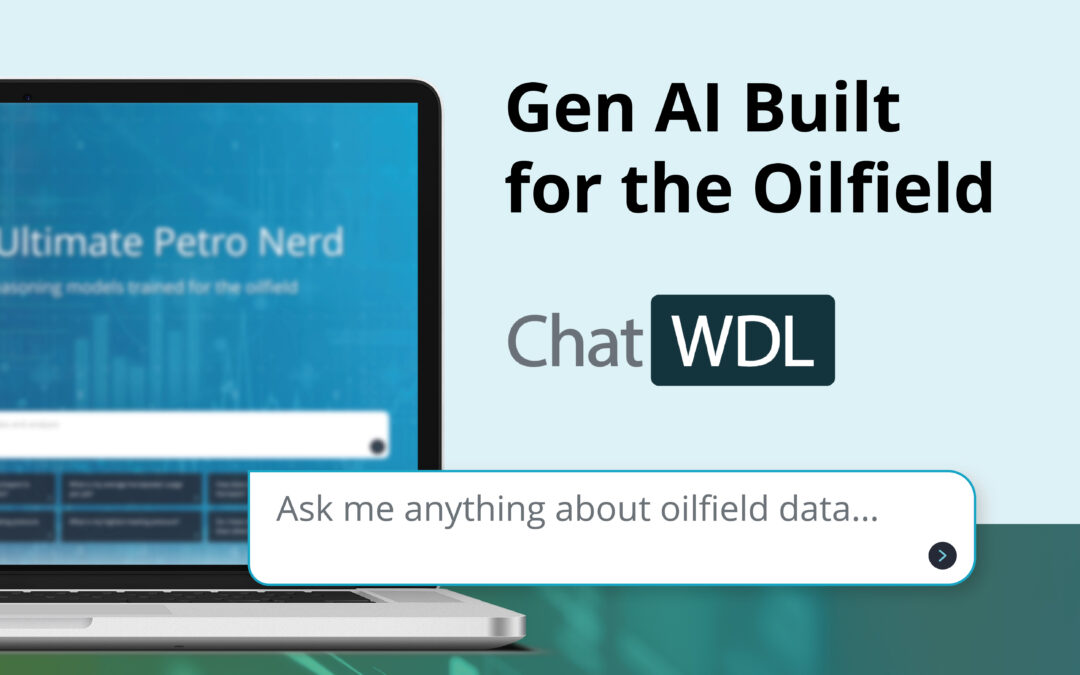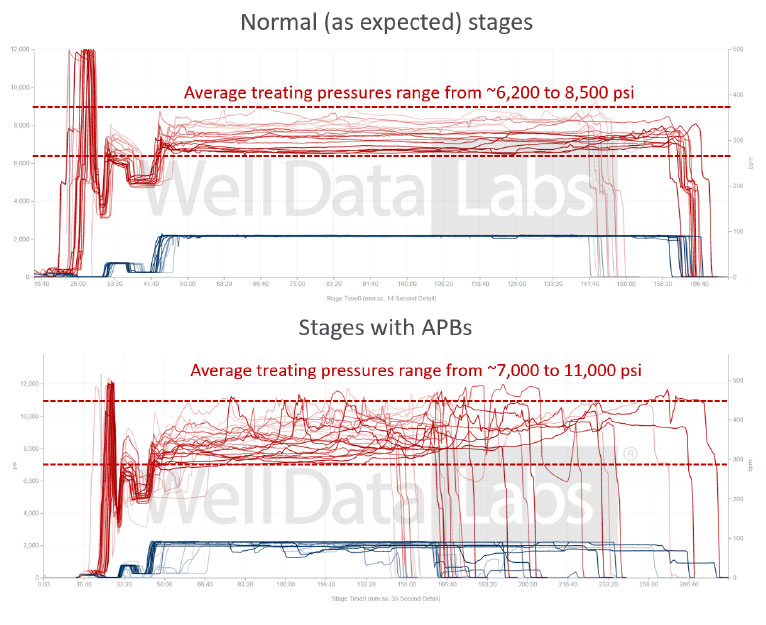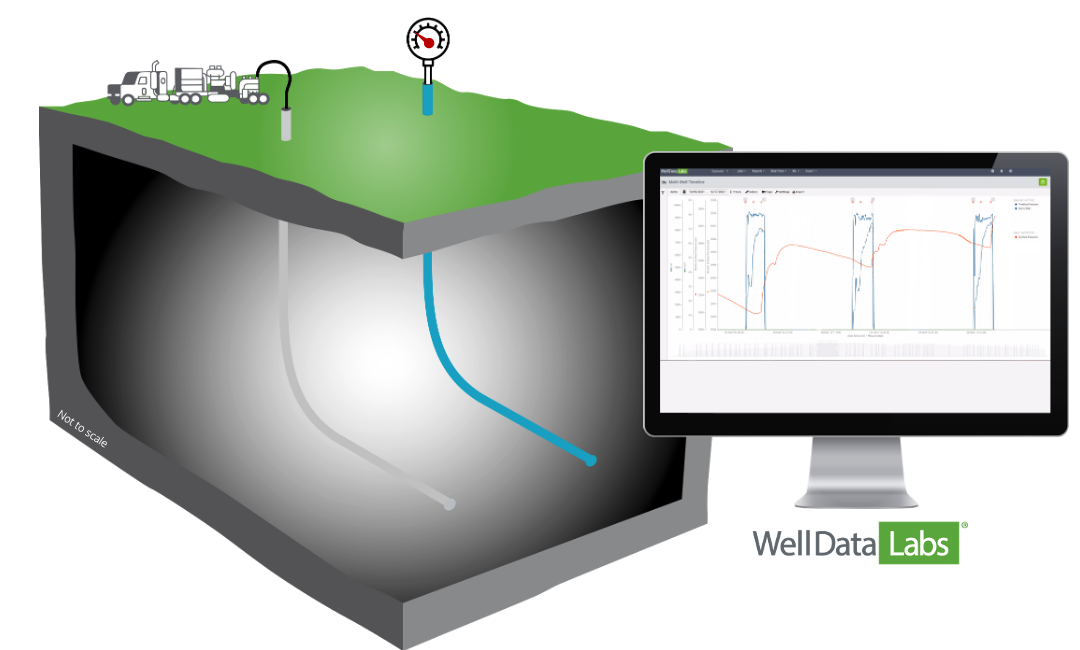by Well Data Labs | Nov 24, 2025 | Completions, Data Analytics, Data Integration, Data Science, Industry Insights, Machine Learning, News, Spotlight Series, Uncategorized
The past year has marked a real step change in generative AI’s ability to handle math, statistics, and day-to-day analytics. Work that once demanded manual effort or niche tools is now within reach with the right data foundation and thoughtful guardrails. The oil and...

by Well Data Labs | Sep 25, 2025 | Completions, Data Analytics, Data Science, Fracture Diagnostics, Industry Insights, Machine Learning, News, Spotlight Series, Uncategorized
Sealed Wellbore Pressure Monitoring (SWPM) is getting a lot of attention in completions, and for good reason. It gives operators a clear window into fracture growth, cluster efficiency, and parent-child interactions without the big price tag of fiber or tracers. On...
by Well Data Labs | Sep 17, 2025 | Completions, Data Analytics, Data Integration, Industry Insights, IT, News, Real-Time Frac, Spotlight Series
Our team had a blast joining the “BDE Podcast” to chat about our new partnership with NOV and why it’s a big deal for operators. NOV’s hardware now aggregates and synchronizes data from coil tubing, wireline, pump down, and offset sensors, all in...

by Well Data Labs | Aug 12, 2025 | Completions, Data Analytics, Data Integration, Data Science, Machine Learning, News, Real-Time Frac, Uncategorized
NOV and Well Data Labs (WDL) have announced a collaboration that transforms the management and visualization of operational fracturing data. By combining NOV’s Max Completions™ proven aggregation hardware with WDL’s Al-driven data analytics platform, this...

by Well Data Labs | Aug 1, 2025 | Data Analytics, Data Integration, Data Science, Machine Learning, News
Well Data Labs (WDL) has officially launched ChatWDL, a groundbreaking AI reasoning agent purpose-built for the oilfield. ChatWDL empowers executives to proactively drive workplace innovation through autonomous, agentic workflows, eliminating the delays associated...

by Mary Van Domelen | Mar 3, 2025 | Completions, Data Analytics, Data Science, Machine Learning
Don’t wait until plug drill-out to discover casing deformation The trend in hydraulic fracturing has been to push the envelope on drilling longer horizontal laterals with an ever-increasing number of stages, clusters, proppant, and fluid volumes. As completion...

by Well Data Labs | May 25, 2023 | Data Integration
The oil and gas industry is constantly seeking ways to optimize and improve production while keeping costs low and reducing environmental impacts. In the Eagle Ford shale, one of the most significant challenges faced by operators is determining the most efficient...

by Well Data Labs | Mar 15, 2022 | Completions, Data Analytics, Data Science, Fracture Diagnostics, Machine Learning, Real-Time Frac
Summary of the SPE HFTC 2022 paper, “Automating a Breakthrough Technology for Real-Time Diagnostics: Sealed Wellbore Pressure Monitoring” The SWPM (sealed wellbore pressure monitoring) process is precisely what the name implies – measuring pressure...

by Well Data Labs | Apr 23, 2021 | Completions, Data Analytics, Data Science, Machine Learning
Find insights and create action faster with the right data visualizations Visual communication skills are often an afterthought in the workplace. Still, they’re critical if your job relies on data-driven decision making. With the volume of data most industries collect...

by Well Data Labs | Feb 3, 2021 | Completions, Data Analytics, Fracture Diagnostics, Industry Insights, Machine Learning, Real-Time Frac
You wouldn’t use a hammer and a scalpel for the same job, and you shouldn’t use the same fracture diagnostics either. There is no shortage of fracture diagnostic options in the market today. In fact, by our count, there are approximately 50 different methods (not...








